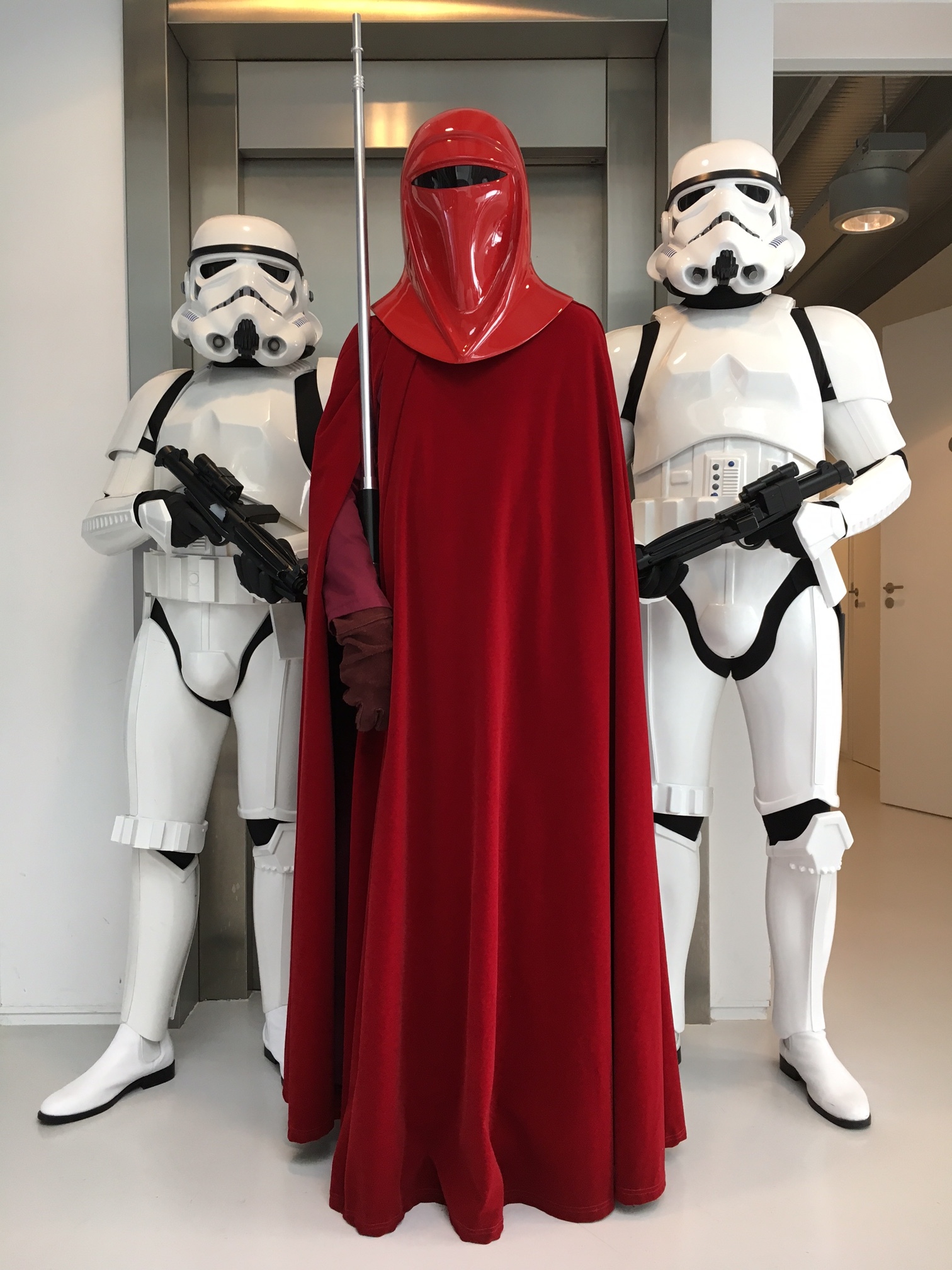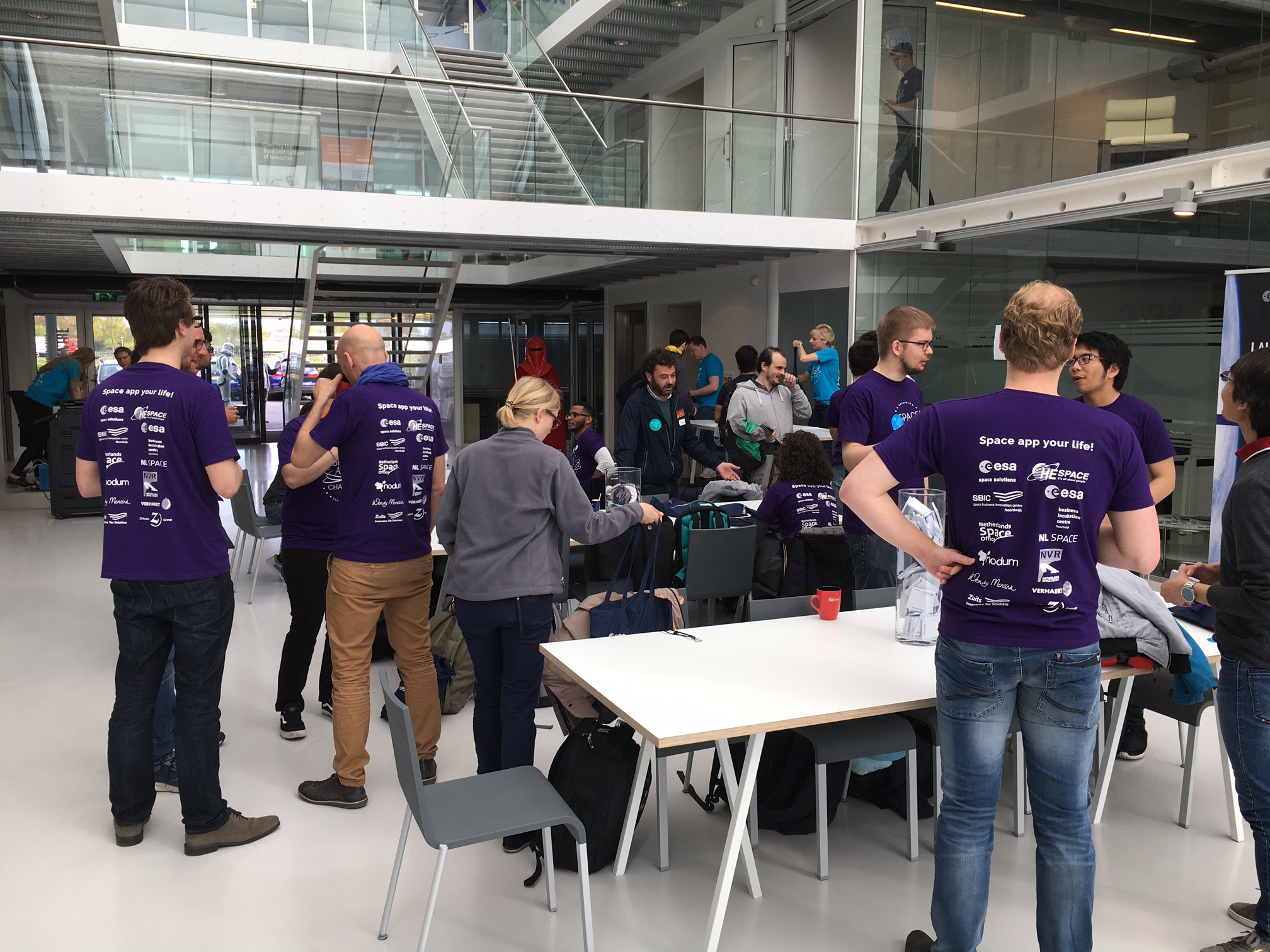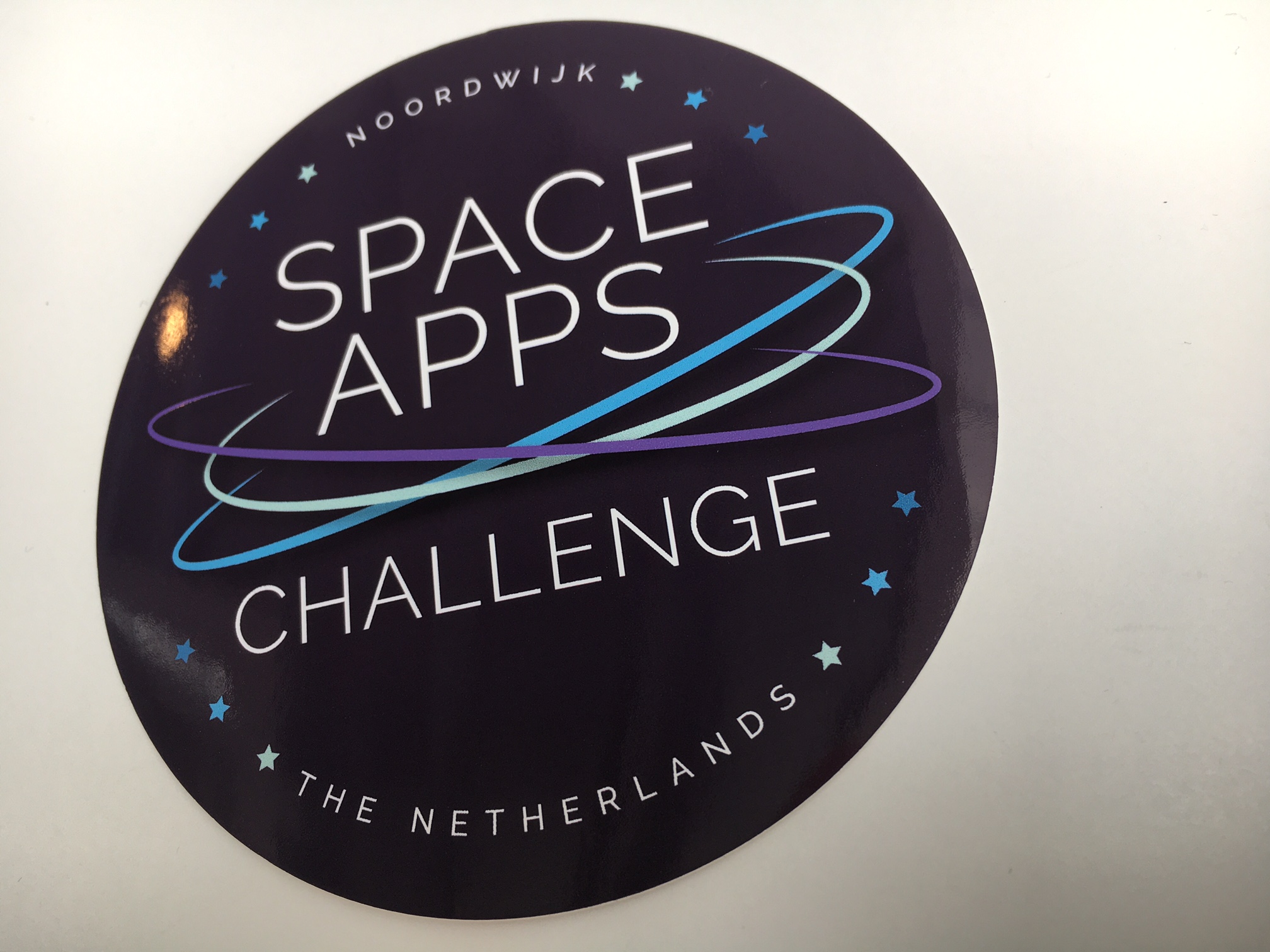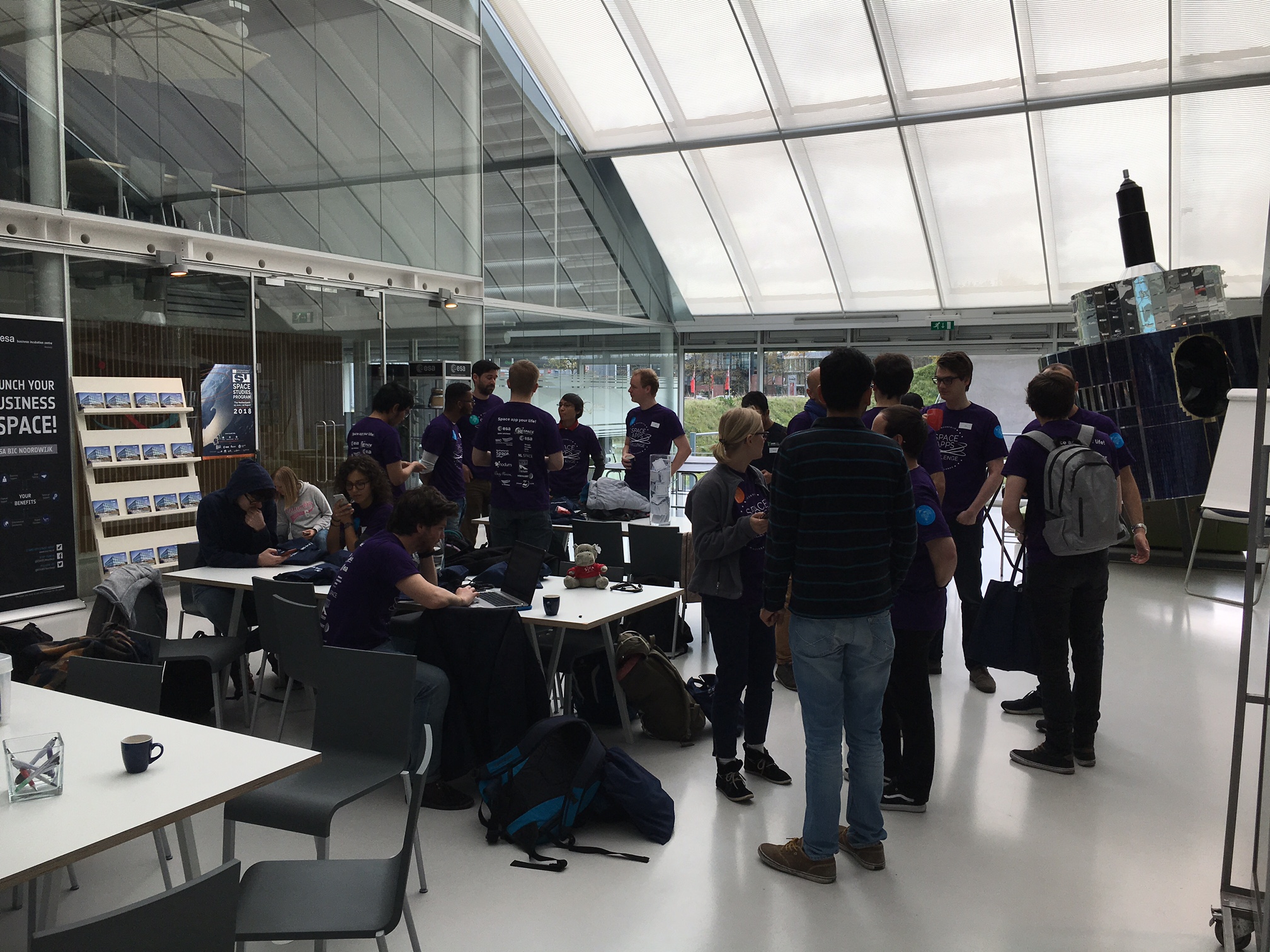I recently (April 29 & 30th) had the opportunity to participate in the NASA Space Apps Challenge 2017 in Noordwijk at the European Space Agency's Space Business Incubation Center (ESA SBIC). This was the second year in which I was able to participate as one of the jury members for the International Space Apps Challenge.
Each year the participants present their project (solutions) to their respective challenges in an exciting, passionate, and creative way. This year was no exception, and the level of competition made for a difficult task for the jury to only select two teams to move onto the next round of the competition. For more information on the events of this years challenge, checkout the official website: NASA Space Apps Challenge 2017.
“Students, professionals, engineers, artists, coders, storytellers makers, builders, technologist, beginners and veterans from all corners of the globe are welcome to join.
Tackle a challenge using robotics, data visualization, hardware, design and many other specialties! Inspire each other while you learn and create using stories, code, design and, most of all, YOUR ideas. Show us your problem-solving skills and share your talents with the world!”
This year the participants were greeted on Saturday morning by members of the 501st Dutch Garrison for some interstellar inspiration. Later in the day there was lots of food, music, entertainment, and even some relaxation time.






After all the hard work and presentations there were three winners, two selected by the jury, and one people's choice award selected by the participants themselves.
And the winners are...
- First place winner: UberWasser
- Runner up: Inferno
- People's choice: SlideSolutions
I wan to wish the winners of this years competion the best of luck in the next round, and I am already looking forward to next years set of challenges!












